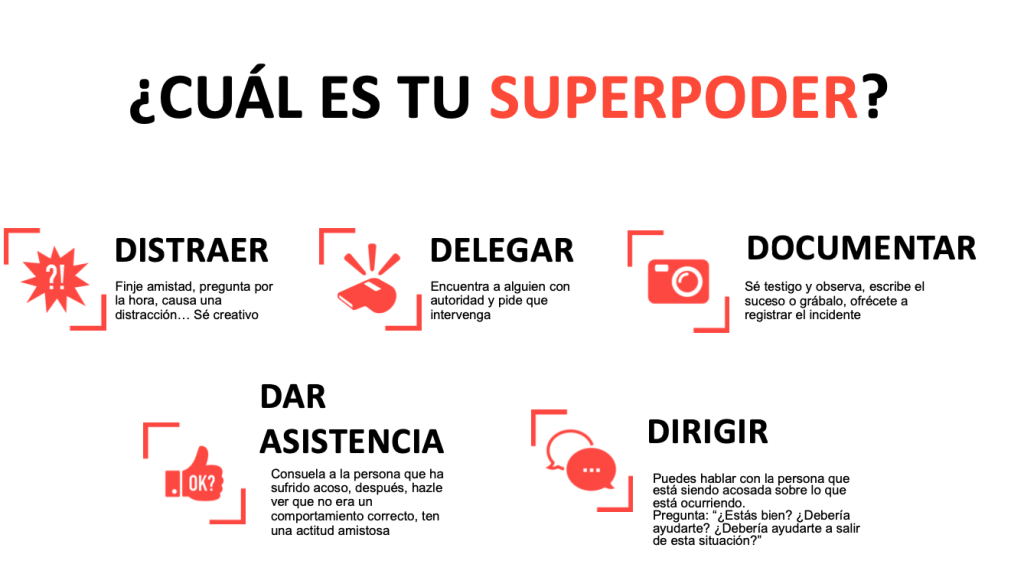
WBC Staff receive workshop to Prevent Women’s Street Harassment
According to INEGI stats, 45.6% of women have been harassed in public spaces at least once in their lives in Mexico.
The report indicates that, of the total number, 42% have been of a sexual nature. The majority (64.8%) of the victims have been harassed in the street or the park, another important percentage (17.8%) in public transportations. It stands out that more than 70% of the aggressors are strangers.
“Street harassment is characterized because it occurs in public space, regularly by an unknown person and much more common from a man to a woman (including girls, young people, adults and the elderly). It has various manifestations, mostly with a sexual connotation towards the victim, such as uncomfortable comments called compliments, whistles, taking pictures or videos of the body, touching, even following or persecution,” explains psychologist Sandra López Ríos, from the Autonomous University of Queretaro.
For this reason, Samantha Baez, Co-Founder of Casa Gaviota, visited the offices of the World Boxing Council to provide the staff with relevant information to understand, deal with, comprehend and confront street harassment; because often, witnesses do not know how to react to this terrible affront.

Samantha advised 5 strategies that we can implement in those situations and contexts in which any form of violence is provoked in the public sphere.
“It is very important to understand that women, girls, young people and all those who suffer harassment in the streets are never to blame. Bullying is never our fault, and there is no perfect response to it. Take as much time as you need to recover, it is often an important step that is often skipped. Every time we witness or are victims of street harassment, we can implement this Strategy.”
Distract: Start a conversation with the person being harassed or find another way to divert attention. Ask for directions, the time, or drop something on the ground. You can create a distraction or stand in the middle and give the victim a chance to walk away.
Delegate: Find someone in a position of authority in that space—such as a bus manager, flight attendant, security officer, faculty, or store staff—and ask for help. Check with the person being harassed if they want you to call the police or other law enforcement.
Document: It may be helpful for the person being harrased to have a recording of the incident. Laws on recording in public can vary, so check your local laws first. Keep a safe distance. – Recording street names or other signs of the place can help identify the location. State the day and time.
Give Assistance: When the incident is over, check that the person who has been harassed is okay.
You can say:
– Do you want me to sit next to you?
– Can I accompany you somewhere? – What do you need?
You can talk to the person who is being harassed about what is happening.
Question: “Are you okay? Should I help you? Should I help you out of this situation?”
Lead: Prioritize your safety. Talk about harassed. Speak firmly and clearly.

About Casa Gaviota
Casa Gaviota is an NGO that was founded in 2012 by Dolores and her daughter Samantha in order to create a support network for women who have or are in a situation of violence, whether family or gender.
Its main mission is to create safe learning environments for all genders and thus establish relationships of respect, justice and equity.
They have different services such as:
Legal advice
Emotional and biological decoding.
Feminist therapy.
Online therapy
Emotional first aid
Hand in hand with WBC Woman, awareness programs, workshops, boxing clinics, among other projects are developed currently.
![]()
Related posts
test


